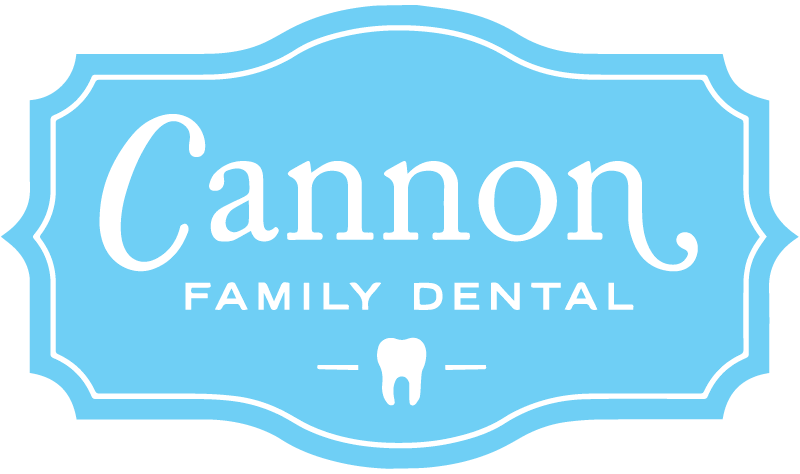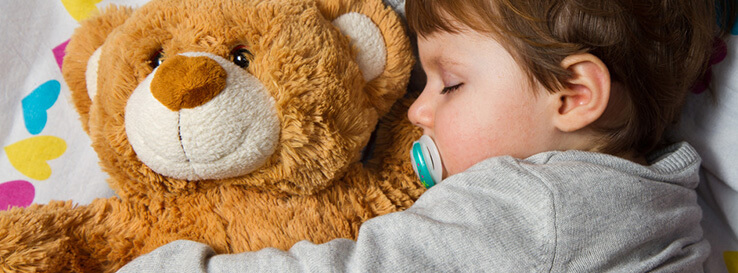Childhood Snoring & Other Sleep Disorders
I recently read an article titled “Childhood Sleep Apnea”. Apnea means “without breathing”, or insufficient breathing. Between 20% and 50% of the pediatric and adolescent population may have a sleep disorder (http://www.dentaleconomics.com/articles/print/volume-103/issue-6/features/childhood-sleep-apnea.html). These are often undiagnosed because they can be difficult to observe, but it is considered a serious medical condition.
Children and adolescents with sleep apnea may do poorly in school or have behavior problems such as ADHD, ADD, hyperactivity, and irritability. Failure to thrive, respiratory distress, metabolic alkalosis (pH imbalance in the body, http://medical-dictionary.thefreedictionary.com/metabolic+alkalosis), among other complications, can result from sleep apnea.
In children the most common causes of sleep apnea are adenoidal and tonsillar hypertrophy. These are managed with surgery by removing the adenoids and tonsils. Other forms of treatment may include orthodontics or surgical corrections of the palate to provide more room for the tongue.
Some signs that may indicate childhood sleep apnea that dentists can watch for during a regular dental exam include a child whose mouth is always open, a “mouth breather”, tongue always protruding, a runny nose, a muffled voice, and “allergic shiners” or bags under the eyes, a vaulted palate, a maxillary/mandibular cross bite, acid erosion or pitting in the molars, anterior gingivitis, and enlarged tonsils (http://www.dentaleconomics.com/articles/print/volume-103/issue-6/features/childhood-sleep-apnea.html).
When a dentist identifies these signs during a regular exam a referral to an Ear, Nose, Throat (ENT) specialist will be important.
If you have any questions or concerns about your child’s sleep please contact me.

